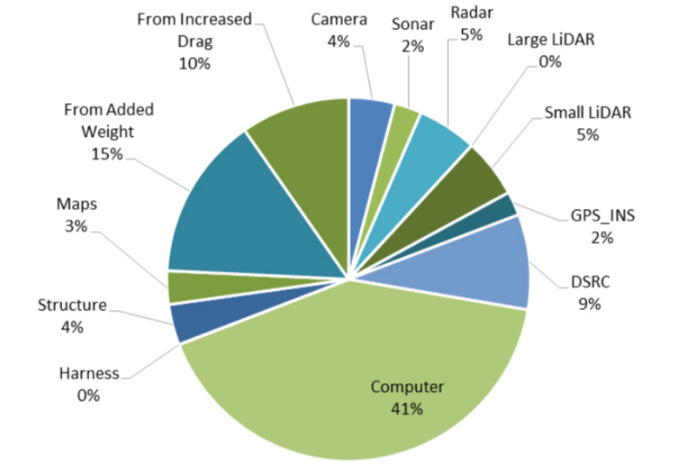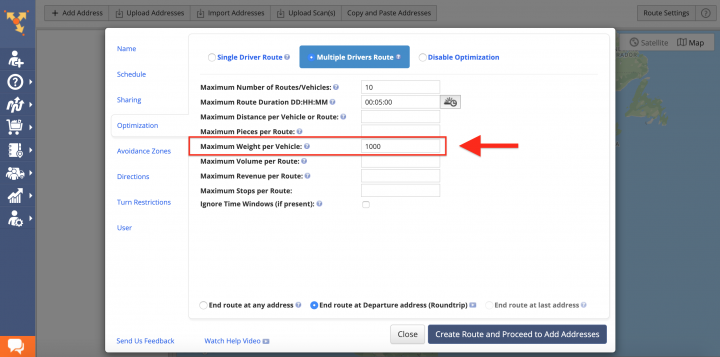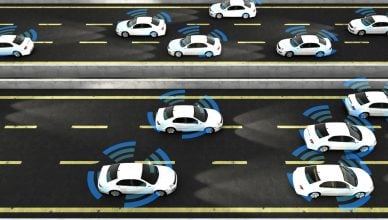Autonomous vehicles for deliveries will soon become mainstream.
Autonomous vehicles for deliveries is not a fantasy. They are real and are already mainstream. Autonomous cars have adaptive cruise control or braking assist, which makes them safer to use.
The development for fully self-driving vehicles is full steam ahead. According to a report by the Brookings Institution, there is over $80 billion already invested in the development. Also, several AV startups and even behemoths like Amazon, Walmart, and Kroger have already started testing AVs for delivering groceries. Ford even invested $1 billion in testing an autonomous pizza delivery vehicle in Miami in partnership with Domino’s.
Since self-driving vehicles are not here yet, why are people so excited about such transportation technology examples? Reports say that self-driving vehicles can deliver goods cheaper and faster. Some say the deliveries will happen in one hour or two hours after you order them. This will change how people buy things.
Many people have asked questions about self-driving vehicles. How can they deliver many units? Can they still make deliveries fast to all places? And, will they also know how to avoid certain zones (like where there is construction)? We need answers before we start using autonomous vehicles for deliveries.
Below, we take a detailed look at the challenges of designing routes for driverless cars.
Think about the power range for autonomous vehicles for deliveries
Long-distance travel is one of the biggest challenges of autonomous vehicles for deliveries. Although it is still unclear how much electricity self-driving vehicles will use. Experts agree that self-driving vehicles can use up to 2,500 watts per second just from the equipment on the car. This power consumption problem was highlighted in a report published by the University of Michigan Center for sustainable systems.

Bloomberg is reporting that prototypes for a car that drives itself use the same amount of energy as up to 100 laptops. That equals 2 to 4 kilowatts of electricity. This means it will be more difficult for cars to meet fuel economy and carbon emission targets.
The problem with batteries is that they are not very efficient. They also don’t have a lot of storage, which limits the range of cars. The distance that electric cars can drive varies a lot from different brands and models. Electric cars get only a few hundred miles per charge, but that does not take into account all energy needs.
For example, driverless cars need a lot of energy to work. They use more sensors and transmitters. The high energy use means they cannot drive long trips. They need to charge at specific locations and it takes a long time to charge them up again.
Reduce Range Problems with Route Optimization
You can solve this problem by getting route optimization software. This way you can make custom-shaped avoidance zones to avoid high traffic areas and accident-prone intersections. It also helps you visit the most stops without losing power. You can also avoid areas with high crime rates, which will keep your vehicles safe from theft.
It’s Inefficient for Autonomous Vehicles for Deliveries to Distribute a Large Number of Units
Autonomous vehicles can’t carry a lot of units. They can only carry 3 to 5 units at a time. If you have 100 to 5,000 units and need to distribute 20,000 units, there will be a problem.
One way to overcome this challenge is by adopting routing optimization software. This way you can optimize the routes for your driverless delivery vehicles. If you have multiple units, each unit takes up capacity with each item having different dimensions. Routing software can factor in all these constraints and plan the routes out so that all of your self-driving vehicles are optimally balanced. For example, it might fit in two large units into one car while assigning five small units to another.
Advanced route planning software lets you set many different things. For example, there is a parameter for the maximum pieces that can be loaded onto a truck per trip. This means that you can set how much weight and volume will be loaded onto a truck before it leaves.
Traveling through Traffic
Using self-driving cars for deliveries is a good idea if you live in the country or in cities with low population density. But what if you need to deliver packages during peak hours? Imagine delivering in Manhattan or Chicago during rush hour. That could really be a problem. There will be traffic that gets worse when people start to use self-driving cars.
Firstly, You need to ensure that your autonomous vehicles minimize travel through high-density areas. Secondly, it’s important to account for bad weather. Finally, you’ll need to consider left turns or U-turns. Doing this manually may be impossible. This is why it is best to use a route planner. Route planning software can help you optimize routes for thousands of stops in less than a minute with almost 100% accuracy. It also factors in traffic, weather, and other constraints. In this way, your autonomous vehicles will not get stuck. Deliveries will be made on time and your customers will be happy. Remember, AVs have a limited power range and so you need well-optimized routes.
To learn more, watch our webinar on how Route4Me route planner can plan routes for 5,000 addresses.
Zero Protection from Theft
Vehicle theft has always been a major headache for field service and delivery businesses. According to the FBI, a whopping $6 billion was lost due to vehicle theft in 2017. And, with the introduction of AVs, theft may not go away either.
Luckily, you can mitigate such issues. GPS tracking software as a GPS tracker helps you track vehicle locations in real-time. So, if any vehicle moves at an odd time then that could be a sign of potential theft. Best of all you can easily identify that. Doing the same kind of tracking manually would not be possible.
We also recommend going for route optimization software that comes with a GPS tracking feature. This way you do not need to buy two solutions. You can get the best of both worlds with one solution. The good news is that Route4Me can help you with that as well.
So, what is your opinion about optimizing routes for autonomous vehicles for deliveries? Do you think AVs can lower delivery costs? Do you have any questions? Please feel free to leave your comments below.
Want To See For Yourself How Route4Me Can Boost Your Profits?






